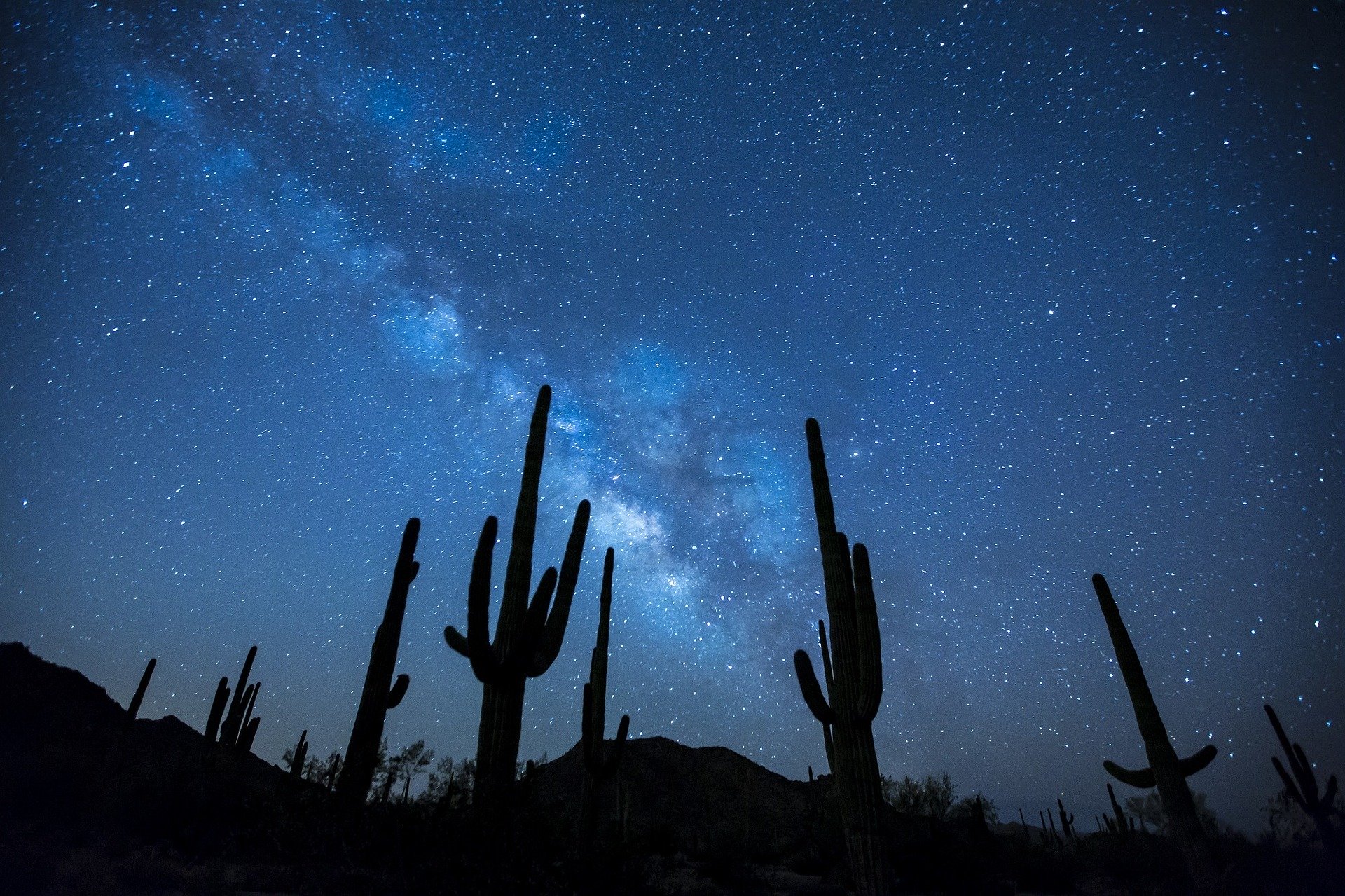
Does the Oort Cloud Really Exist?
As humans, we believe that everything must start and end somewhere. Take, for example, Earth. The boundaries of our planet lies around 62 miles (100 km) above sea level. Similarly, the region of the inner solar system ends at the astroid belt that separates Mars and Jupiter, just as the Kuiper Belt marks the edges of the outer solar system. However, when looked at in terms of where the Sun’s gravitational control ends, the boundary of our solar system becomes much more unclear. Nobody truly knows where the sun’s influence ends, but it’s theorized that it ends at the farthest edges of our solar system and are marked by what is known as an Oort Cloud.
The Oort cloud was named after Jan Oort, the scientist who first theorized its existence in 1950. He proposed that our solar system ends where our sun lost its gravitational control, which he believed was 9.3 trillion miles (15 trillion km) away from us. To put this into perspective, Voyager 1 (which is currently a million miles away) won’t reach the Oort cloud for another 300 years – and it won’t exit the giant cloud for another 30,000 years.
The Oort cloud itself can be described as a type of bubble that surrounds our solar system, marking it’s farthest edges. It’s made up of nearly 2 trillion objects including comets and planetesimals (the leftover bits of what the planets were created from nearly 4.6 billion years ago) that were pushed back by the larger planets like Jupiter. There objects were essentially banished to the farthest reaches of our sun – and beyond. The irregular orbit of the objects located in this region makes them easy for other forces, such as rogue planets or stars, to capture. But there’s also nothing stopping other interstellar visitors from being captured too. All these objects orbit the sun at various inclinations, surrounding our system like a bubble.
Once in a while, a disturbance deep within the Oort Cloud causes an icy body to leave its orbit and fall inward toward the sun. This journey can take thousands of years to complete, and most don’t even make it close enough for us to study. This is mostly due to the strong gravity produced by the gas giants such as Jupiter and Saturn. Their gravity easily can sway the orbit of the body or even eject it back out. Very rarely, these foreign bodies can survive a trip to the inner solar system. ISON (2012) and Siding Spring (2013) survived the treacherous journey to the inner planets, However, ISON fell in too close to the sun and was burned away, while Siding Spring completed a close flyby of Mars and has long since continued it’s journey through space and time. The next time it can be viewed will be in another 740,000 years.
Very few objects can survive a trip close enough for us to study, so the ones that do make it are extremely special and rare. They have the ability to provide a glimpse into our past and origins. These icy bodies were formed at the same time as our planets and may hold the key for life itself. Furthermore, these worlds may even be from intergalactic space. If that’s the case, then they could even show us what worlds beyond our system are like. But for now, the Oort Cloud will remain shrouded in mystery, waiting to be seen.






Tagged #cassini, #clouds, #hexagonalstorm, #magneticfield, #saturn